May 26, 2017
An overdue attempt to connect smart buildings with smart people 0
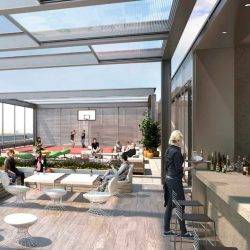 As first events go, the inaugural outing for the Smart Buildings series of conferences succeeded in delivering a full day of insightful presentations and debates, with a highly engaged audience of industry experts. A theme to emerge early on – in the opening remarks by Worktech Academy’s Jeremy Myerson in fact, was that the concept of ‘smart buildings’ is far from new. Depending who you ask, the idea goes back to the 90’s, the 80’s or even the 60’s. So why have we waited until 2017 for a conference on the topic? Many of the presenters agreed this is because we have only recently entered a new technological phase – the ‘plateau of productivity’ of Gartner’s Hype Cycle, as Owen King of Unwork pointed out – the time when widestream adoption of a technology kicks in and its viability becomes more clear. Indeed, the benefits of smart buildings are now widely regarded to fall into six categories; sustainability, productivity, talent, wellbeing, brand and cost control. And, while sustainability was the topic du jour at similar events six or seven years ago, the industry focus has shifted towards productivity and wellbeing.
As first events go, the inaugural outing for the Smart Buildings series of conferences succeeded in delivering a full day of insightful presentations and debates, with a highly engaged audience of industry experts. A theme to emerge early on – in the opening remarks by Worktech Academy’s Jeremy Myerson in fact, was that the concept of ‘smart buildings’ is far from new. Depending who you ask, the idea goes back to the 90’s, the 80’s or even the 60’s. So why have we waited until 2017 for a conference on the topic? Many of the presenters agreed this is because we have only recently entered a new technological phase – the ‘plateau of productivity’ of Gartner’s Hype Cycle, as Owen King of Unwork pointed out – the time when widestream adoption of a technology kicks in and its viability becomes more clear. Indeed, the benefits of smart buildings are now widely regarded to fall into six categories; sustainability, productivity, talent, wellbeing, brand and cost control. And, while sustainability was the topic du jour at similar events six or seven years ago, the industry focus has shifted towards productivity and wellbeing.




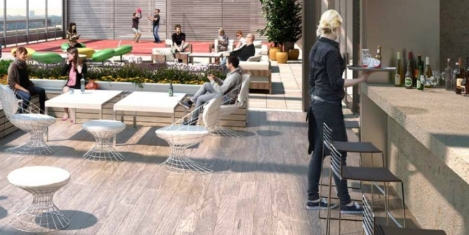




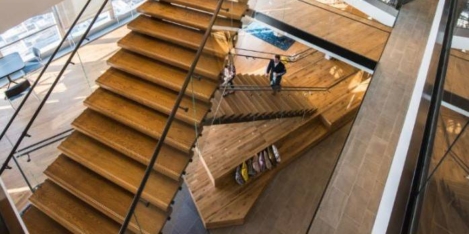
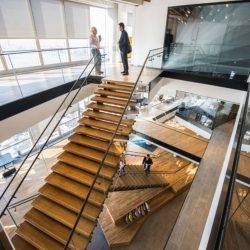

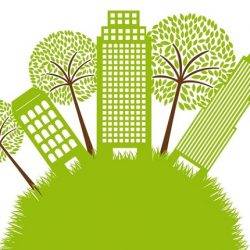


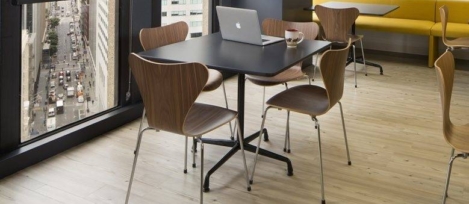
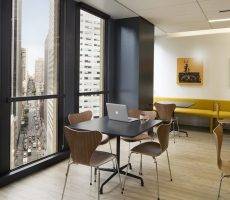
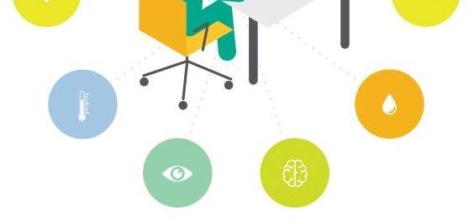



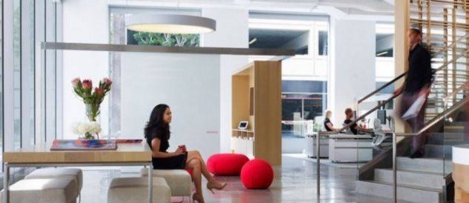
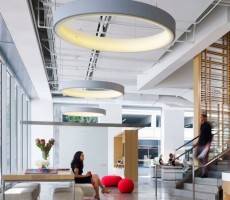
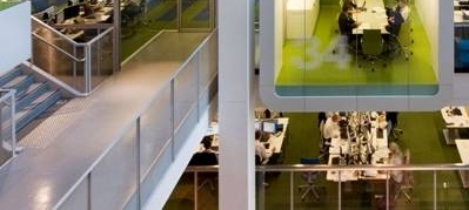
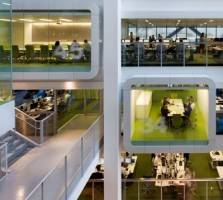








June 14, 2017
Workplace wellbeing is now embedded in the very bricks and mortar of the building 0
by Sion Davies • Comment, Wellbeing, Workplace design
(more…)